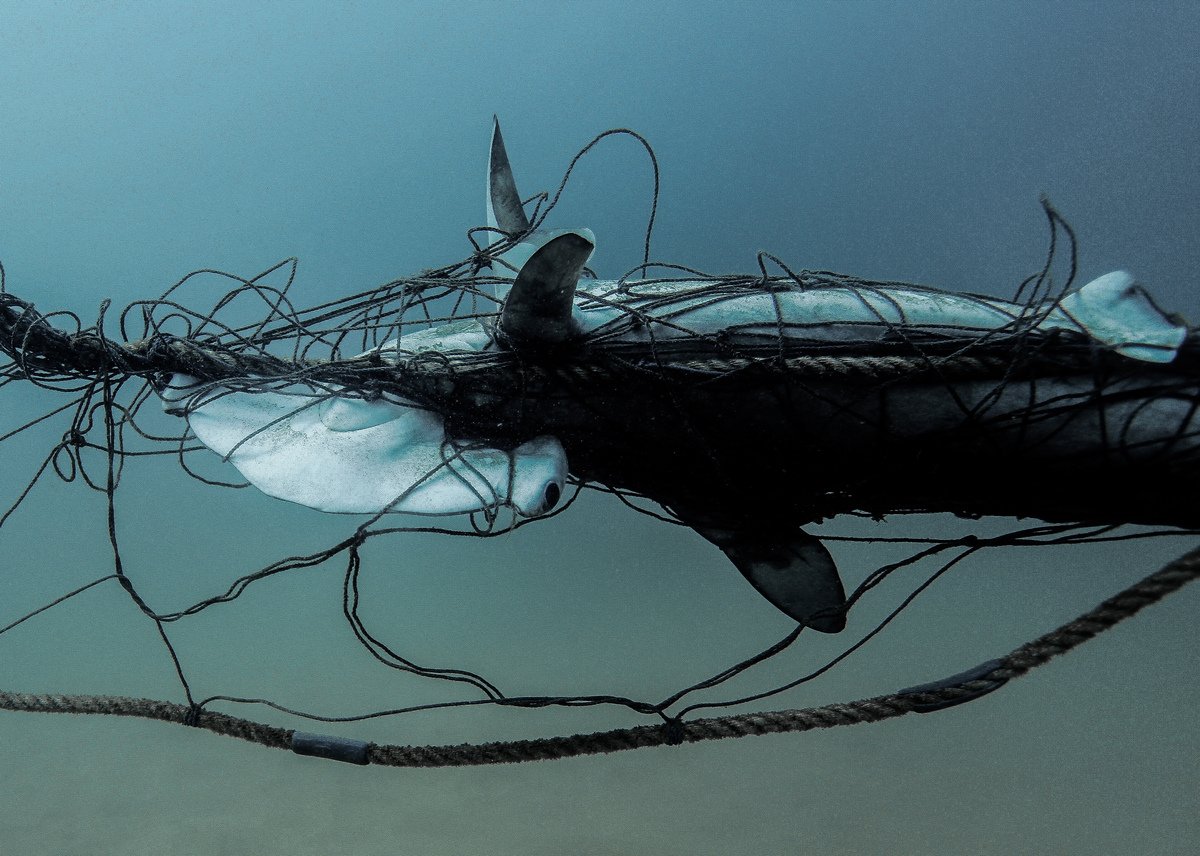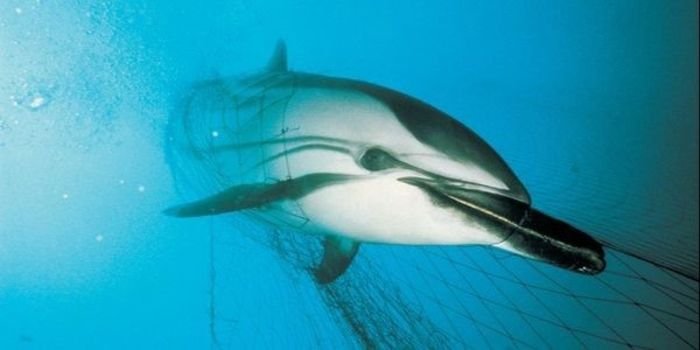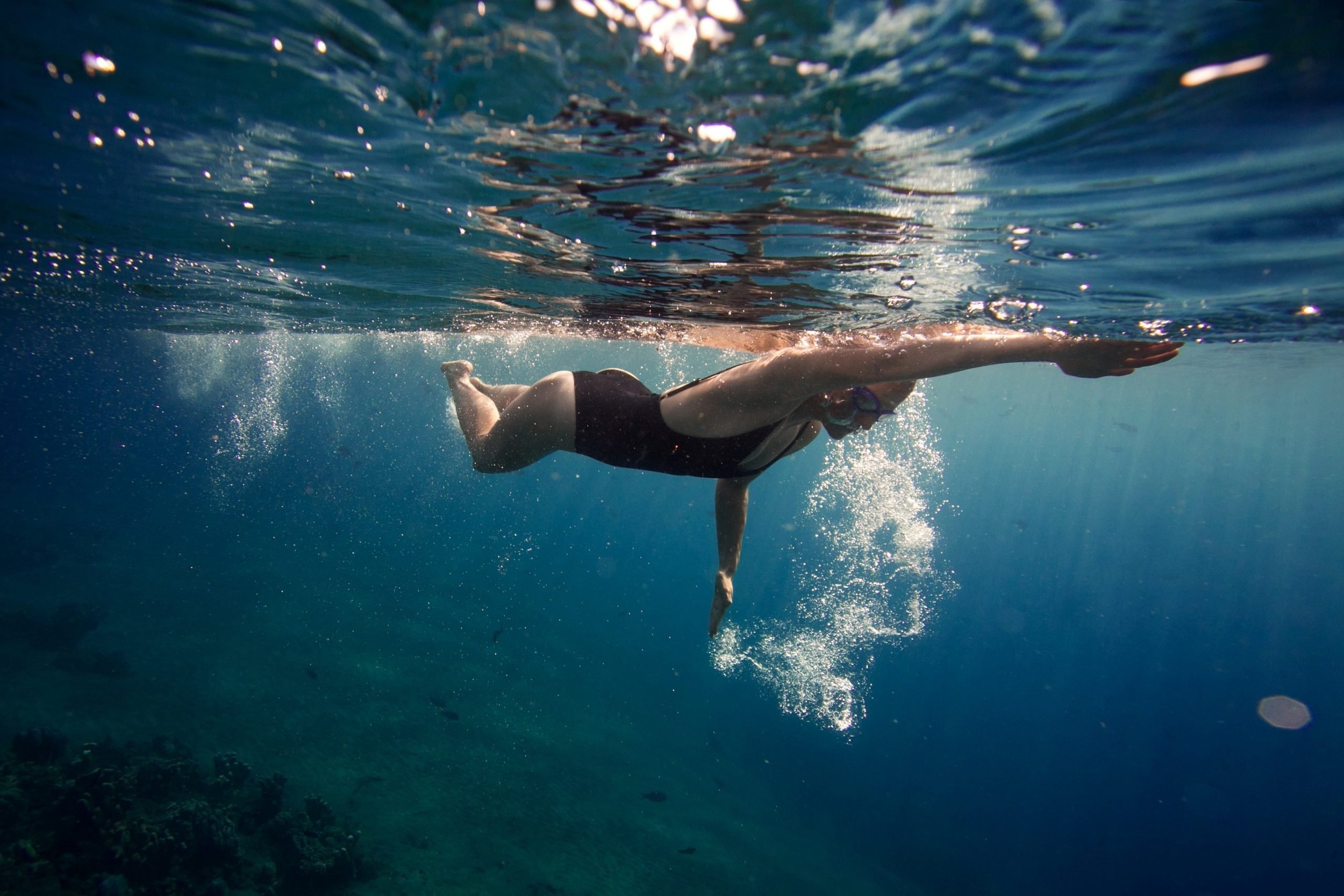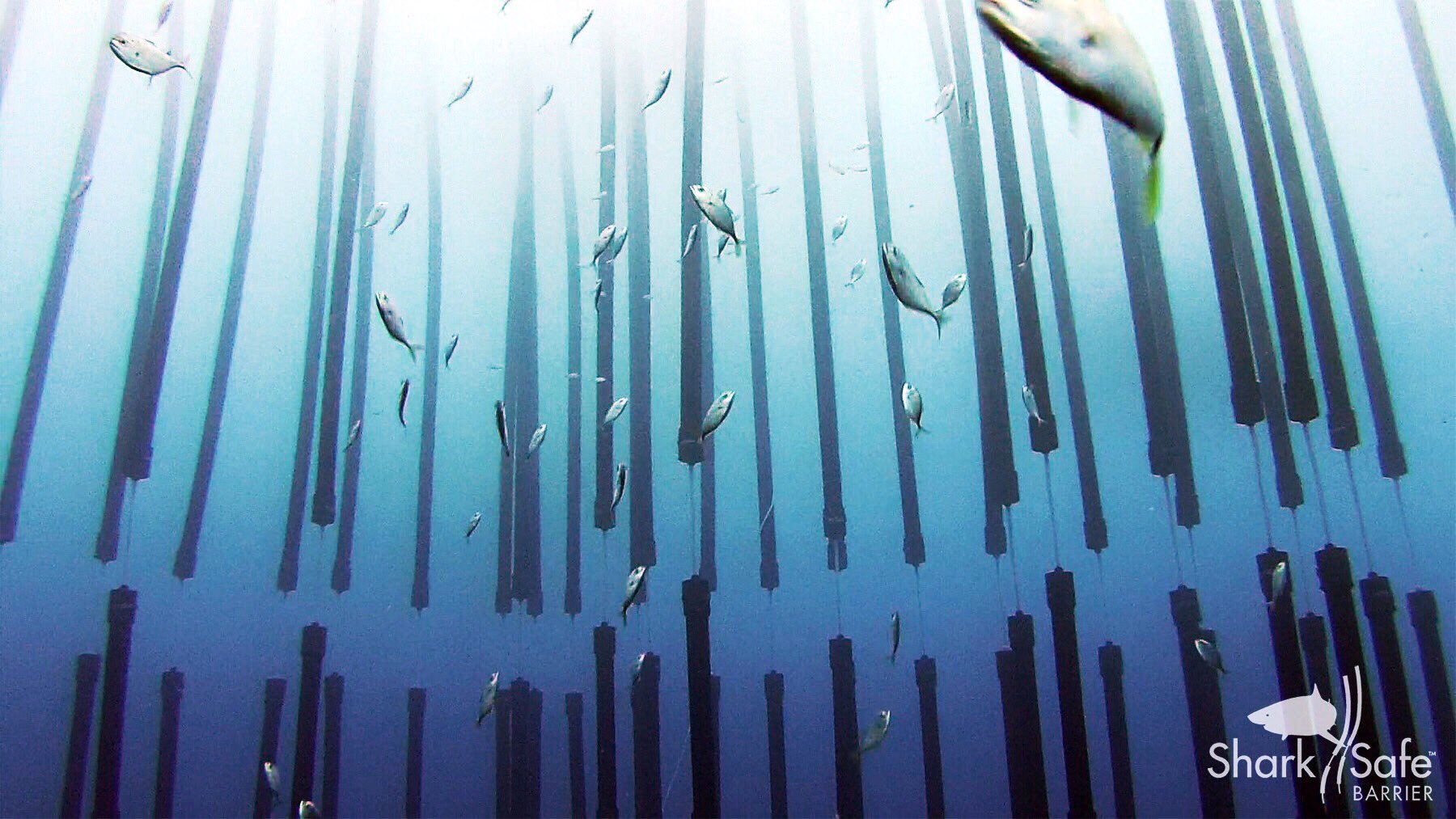
Shark nets & drum lines
The senseless and cruel killing of Australian marine animals.
The concept of shark culling is certainly a hugely outdated one, but sadly like many other issues relating to wildlife protection, Australia is behind the rest of the world, with shark culling programs operating in both New South Wales and Queensland. In 2021, the NSW Government announced it was undertaking the “world’s largest” shark control program. Despite shark attacks being rare in Australia (and the rest of the world) drumlines and shark nets, specifically designed to capture and kill sharks, are deployed off-shore with the aim of reducing their populations.
Ineffective and indefensibly cruel
The NSW and Queensland government insists this program is to protect swimmers from potential shark ‘attacks’. However, the use of these devices have been found to not only be ineffective, but could actually increase the risk of sharks coming closer to shore and into contact with humans.
Drumlines and shark nets are designed to catch and kill, and as such any interference with such equipment is punishable under the Fisheries Act. Animals that become entangled in shark nets and drumlines (often non-target species) spend hours trapped in agony, before eventually dying or (in some cases) being released.

No impact on swimmer safety
In 2017 a Senate Inquiry into ‘Shark mitigation measures’ found substantial evidence that the mesh nets and drumlines, used by both the NSW and Queensland governments to control shark populations, do not have an impact upon safety, negatively impact the marine ecosystem and provide beachgoers with a false sense of security, and as such recommended ceasing their use in favour of non-lethal methods and technologies.
Further, the Queensland Shark Control Program lists 19 targeted species of sharks, 16 of which are widely accepted to pose no threat to humans. This calls into question the integrity of the entire program, and the supposed purpose it serves to members of the public.

Devastating non-target species
The shark mitigation programs in NSW and Queensland have had a devastating impact upon non-target species, so much so that the by-catch of these devices outweighs the targeted shark catch.
In NSW during 2017/18 alone, the program caught:
78 Smooth Hammerheads, 77 killed (endangered species)
20 Grey Nurse Sharks, 10 killed (critically endangered)
3 Great Hammerheads, all killed (Endangered species)
4 Common Dolphins, all killed (Protected species)
3 Indo-Pacific Bottlenose Dolphins, all killed (Protected species)
26 White Sharks, 14 killed (Threatened species)
9 Green Turtles, 7 killed (Threatened species)
2 Hawksbill Turtles, both killed (Threatened species)

Endangering swimmers
The prevalence of non-target species caught in these devices presents an easy meal for larger, more dangerous, sharks. This means that shark nets and drumlines can actually attract sharks closer to the shoreline for an easy meal. Assessment of catch data from the Queensland Shark Control Program, uncovered 1000+ cases of smaller animals, caught on baited drum lines and nets, that had been predated on by large sharks.
Sharks are essential to ocean health
Sharks are top-order predators in the ocean and prey upon weak and diseased animals, improving the ecosystem and helping to regulate the health of fish populations. A peer reviewed study using Queensland Shark Control Program data found massive declines (74-92%) of catch per unit effort of hammerhead, whaler, tiger and white sharks. Following the commencement of the program in the 1960’s, catch rates in new installations in subsequent decades have occurred at a substantially lower rate, indicating regional depletion of shark populations over the past half a century.
Sharks are slow reproducing animals, which means it is difficult for their populations to recover from the havoc these programs wreak. Thankfully, peer reviewed evidence shows that genuine and enforced protection can lead to population recovery. Governments just need to act on the evidence that is already readily available to them, but unfortunately they have not done so.

Alternatives are readily available
Aside from the current programs being ineffective and unimaginably cruel, there are numerous alternatives readily available now that will not only act to protect swimmers, but protect populations of precious marine life too.
Some of these alternatives include drones that can detect sharks, (which are already being used by NSW primary industries), shark safe barriers that successfully mimic kelp forests, eco shark barriers, which consist of a network of durable components that work together to form an enclosure that is flexible enough to allow the passage of small marine life. You can learn more about the abundance of non-lethal alternatives readily available here.
Moving forward
Learn about the available solutions to the issues facing our oceans on the
previous page.
Join the Wildlife Protection Commitment
For socially responsible brands, businesses and institutions looking to reduce their impact on native wildlife.

Stay up to date with us
Receive email updates on the progress of Defend the Wild and our latest campaigns by signing up to our mailing list.



